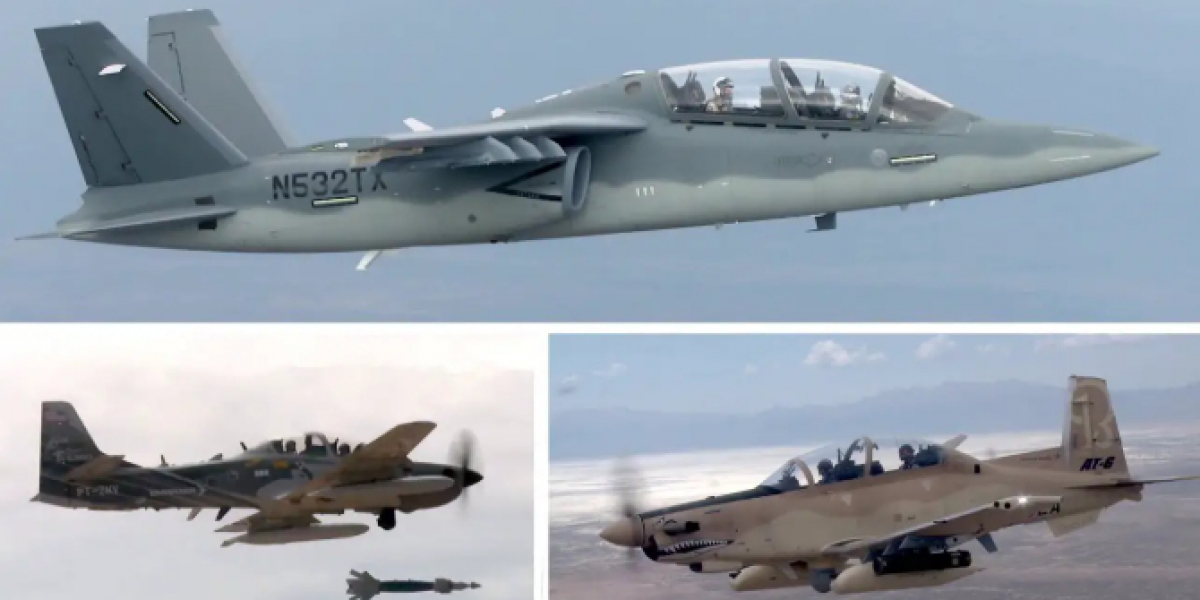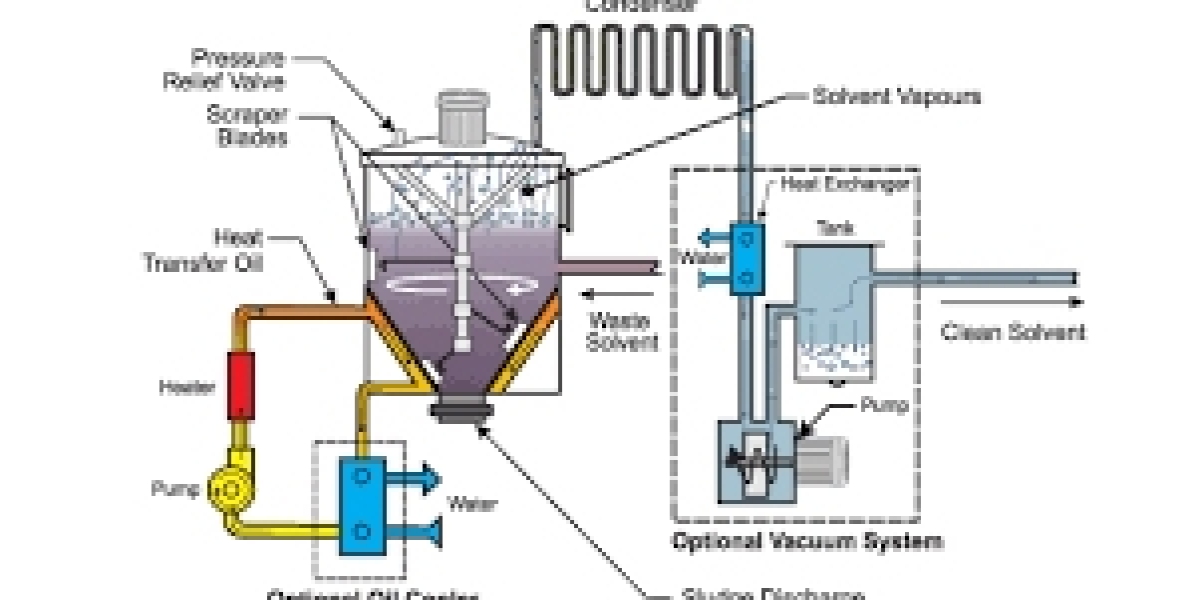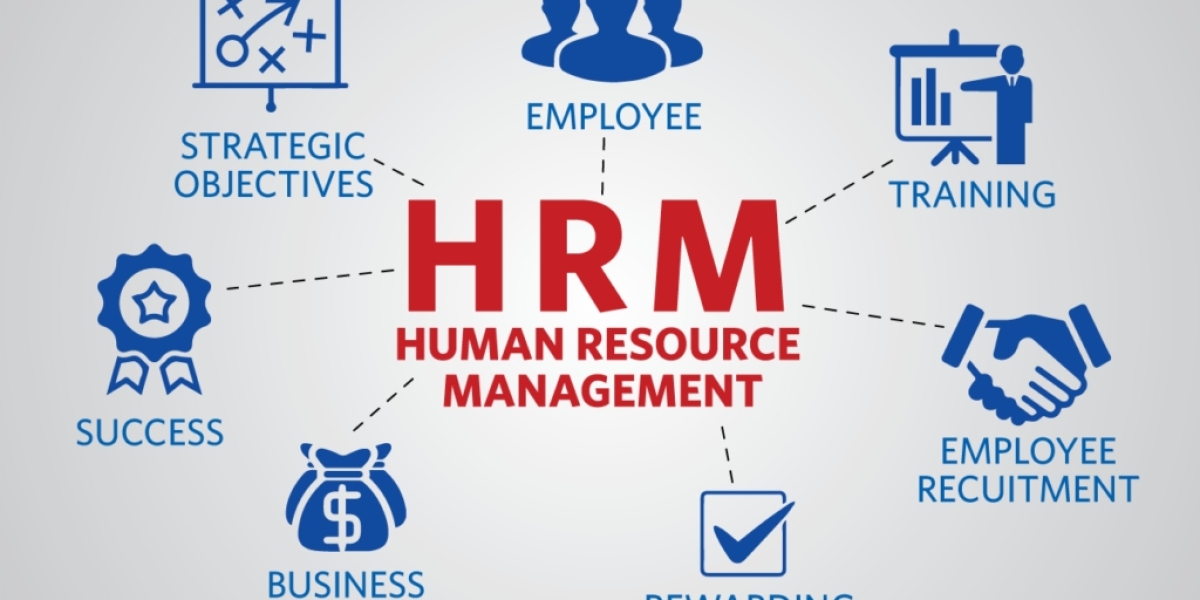According to TechSci Research report, “Light Attack Reconnaissance Aircraft Market - Global Industry Size, Share, Trends, Competition Forecast & Opportunities, 2029F”, the Global Light Attack Reconnaissance Aircraft Market stood at USD 1.58 billion in 2023 and is anticipated to grow with a CAGR of 5.57% in the forecast period. Ground attack, light counterinsurgency, and reconnaissance all make use of light attack and reconnaissance aircraft. Few countries have the financial means to keep a fleet of conventional combat aircraft equipped with powerful armor and high-powered weapons. Even though many countries use these aerial vehicles for defense, their limited military expenditures place restrictions on them.
Major companies are growing their operations in developing countries, which is expected to fuel the expansion of the light attack and reconnaissance aircraft market throughout the course of the forecast period. Another issue that is anticipated to drive the demand for light attack and reconnaissance aircraft is the fleet of jet aircraft aging too quickly. Furthermore, it is anticipated that the fleet of modern unmanned aerial vehicles, turboprop-powered light attack aircraft, and conventional fighters.
The global market for Light Attack Reconnaissance Aircraft (LARA) is segmented into two primary types: fixed-wing and rotary-wing platforms. Fixed-wing LARA are characterized by their efficiency in long-endurance missions and higher speed capabilities compared to rotary-wing counterparts. These aircraft are well-suited for conducting reconnaissance, surveillance, and precision strike missions over large areas, making them essential assets in modern military operations. Advancements in aerodynamics and materials have further enhanced the performance and operational range of fixed-wing LARA, enabling them to operate effectively in various environments and weather conditions.
Rotary-wing LARA, also known as helicopters, offer distinct advantages in terms of maneuverability, vertical take-off and landing (VTOL) capabilities, and the ability to operate in confined spaces. These aircraft excel in providing close air support, conducting medical evacuations, and performing reconnaissance tasks in complex terrains and urban environments where access by fixed-wing aircraft may be limited. Rotary-wing LARA are crucial for military forces requiring agile and versatile platforms that can quickly respond to dynamic operational scenarios, including counterinsurgency operations and disaster relief missions.
Browse over market data Figures spread through XX Pages and an in-depth TOC on "Global Light Attack Reconnaissance Aircraft Market.”
https://www.techsciresearch.com/report/light-attack-reconnaissance-aircraft-market/22086.html
Both types of LARA play integral roles in modern defense strategies, with their selection depending largely on mission requirements, operational environments, and specific tactical objectives. Fixed-wing LARA are preferred for missions that demand long-endurance flights, rapid response times, and the capability to cover large areas efficiently.
They are particularly effective in providing persistent surveillance and conducting precision strikes against targets of interest. In contrast, rotary-wing LARA offer unmatched flexibility in operations, supporting diverse mission profiles such as troop transport, reconnaissance in force, and direct fire support. Their VTOL capability allows for rapid deployment and recovery in remote or challenging environments, making them indispensable assets in expeditionary and urban warfare scenarios.
The market dynamics for fixed-wing and rotary-wing LARA are shaped by their respective technological advancements, operational capabilities, and the evolving nature of global security threats. Both types continue to undergo advancements in avionics, sensors, and weaponry, aimed at enhancing mission effectiveness, reducing operational costs, and improving overall fleet sustainability. As defense budgets and strategic priorities evolve across various regions, the demand for both fixed-wing and rotary-wing LARA remains influenced by the need for versatile and cost-effective solutions to address modern security challenges effectively.
Geopolitical factors and evolving security threats are driving nations to strengthen their defense capabilities, thereby boosting the demand for LARA. The versatility of these aircraft makes them suitable for both traditional and asymmetric warfare scenarios, addressing a broad spectrum of security challenges faced by modern militaries. As nations prioritize the modernization of their armed forces, LARA represents a strategic investment to augment existing fleet capabilities and fill operational gaps.
The LARA market faces several challenges. One significant challenge is the high initial procurement and lifecycle costs associated with acquiring and maintaining advanced military aircraft. Budget constraints and competing priorities often compel defense agencies to seek cost-effective solutions without compromising on operational capabilities. Moreover, regulatory requirements and export controls can pose barriers to international sales and collaboration, limiting market expansion for LARA manufacturers.
The global market for Light Attack Reconnaissance Aircraft is poised for growth driven by increasing military expenditures, technological advancements, and evolving security threats. These aircraft offer versatile capabilities that cater to a wide range of military missions, from combat operations to intelligence gathering. However, challenges such as high costs and regulatory barriers necessitate strategic approaches from industry stakeholders to capitalize on emerging opportunities and sustain growth in the competitive global defense market.
The global Light Attack Reconnaissance Aircraft market is segmented into type, application, end user and region.
Based on end user, The Air Force segment is rapidly emerging as the fastest-growing end user in the Global Light Attack Reconnaissance Aircraft Market. This trend reflects increasing global demand for versatile and cost-effective aircraft solutions tailored to modern military operations. Light attack reconnaissance aircraft play a crucial role in providing close air support, reconnaissance, and surveillance capabilities, especially in asymmetric and counterinsurgency operations. Air forces worldwide are recognizing the operational flexibility and cost-efficiency offered by these aircraft, which are often more affordable to procure and maintain compared to heavier combat platforms.
Moreover, advancements in technology have enhanced the capabilities of light attack aircraft, enabling them to integrate sophisticated sensors, precision-guided munitions, and communication systems. These attributes make them indispensable for enhancing situational awareness, conducting intelligence gathering, and responding swiftly to emerging threats. As geopolitical landscapes evolve and traditional and non-traditional threats persist, the Air Force's adoption of light attack reconnaissance aircraft continues to expand, driving growth in this segment of the global defense market.
Major companies operating in Global Light Attack Reconnaissance Aircraft Market are:
- Air Tractor Inc.
- Paramount Group
- Hindustan Aeronautics Ltd.
- Textron Aviation Inc
- Airbus SAS
- The Boeing Company
- Leonardo S.p.A.
- Embraer S.A.
- Lockheed Martin Corporation
- BAE Systems plc
Download Free Sample Report
https://www.techsciresearch.com/sample-report.aspx?cid=22086
Customers can also request for 10% free customization on this report.
“The Light Attack Reconnaissance Aircraft Market, known as LARA, represents a pivotal segment in the defense industry, providing cost-effective and adaptable solutions for modern military forces. These aircraft are designed to meet the specific needs of armed forces by offering reconnaissance and light attack capabilities at a fraction of the cost of larger platforms. LARA platforms are versatile, agile, and crucial in addressing evolving security challenges such as counter-insurgency operations and asymmetrical warfare.
While their cost-effectiveness is a significant advantage, the market must balance affordability with advanced technology and capability. Additionally, as security paradigms evolve to encompass cybersecurity and the rise of unmanned aerial systems, the LARA Market is challenged to remain relevant and aligned with contemporary defense requirements, emphasizing adaptability and networked capabilities”, said Mr. Karan Chechi, Research Director of TechSci Research, a research-based management consulting firm.
“Light Attack Reconnaissance Aircraft Market – Global Industry Size, Share, Trends, Opportunity, and Forecast, Segmented By Type (Fixed Wing, Rotary-Wing), By Application (Combat, ISR (Intelligence, Surveillance and Reconnaissance), By End User (Air Force, Naval Forces), By Region & Competition, 2019-2029F”, has evaluated the future growth potential of Global Light Attack Reconnaissance Aircraft Market and provides statistics & information on market size, structure and future market growth. The report intends to provide cutting-edge market intelligence and help decision makers take sound investment decisions. Besides, the report also identifies and analyzes the emerging trends along with essential drivers, challenges, and opportunities in Global Light Attack Reconnaissance Aircraft Market.
Contact Us-
TechSci Research LLC
420 Lexington Avenue, Suite 300,
New York, United States- 10170
M: +13322586602
Email: sales@techsciresearch.com
Website: www.techsciresearch.com









